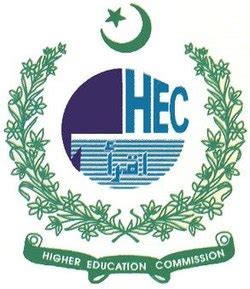Nominal and Effective Rates of Protection by Industry in Pakistan: A Tariff Based Analysis
DOI:
https://doi.org/10.51732/njssh.v3i1.15Keywords:
Protection, Trade PolicyAbstract
The study calculates nominal and effective rates of protection and their association with major characteristics of industries—labour intensity, export orientation and revealed comparative advantage. The results indicate that nominal as well as effective rate of protection has declined between two benchmark years—1990 and 2002, but vegetable oil, motor vehicles, and a sector producing intermediate good ‘other manufacturing’ remains highly protected. Overall results reveal that manufacturing import competing sectors enjoy higher protection through trade policy—tariff while negative effective rate of protection for majority of agriculture and services sectors show their disadvantage position in the economy. The results clearly indicate government priority for manufacturing sector over agriculture and services sectors. The results also reveal that effective rate of protection is negatively associated with industrial characteristics such as labour intensity, export orientation, and revealed comparative advantage indicating that a sector needs less protection if it has comparative advantage—labour intensive and produce exportable commodity. The results of the study also indicate that trade policy in Pakistan shifts trade in favours of trade in intermediate inputs in 2002 from trade in final goods in 1990. There is a need to restructure tariff structure to remove bias against agriculture and services sectors. Agriculture where majority of unskilled labour engaged ask immediate action from government to improve the condition of poor.
Downloads
Published
Issue
Section
License
Copyright (c) 2021 NUST Journal of Social Sciences and Humanities

This work is licensed under a Creative Commons Attribution-ShareAlike 4.0 International License.







